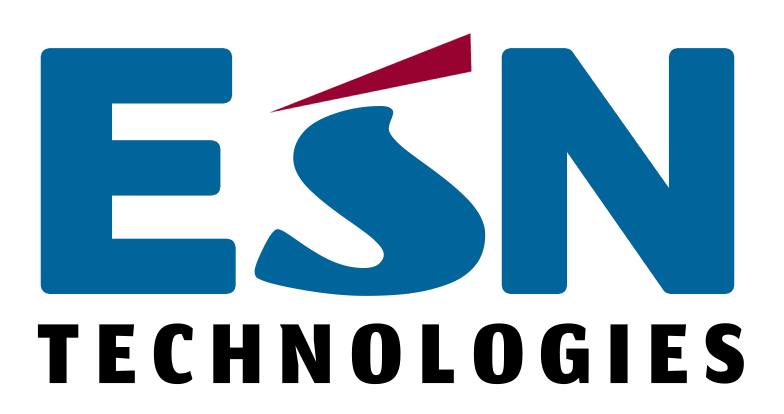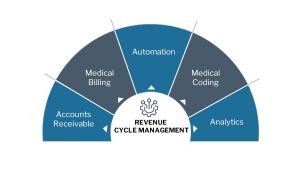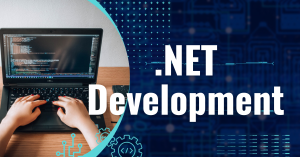ESN built talent-management software for them which uses objectives and measurable key results (OKR)
Client Profile
Our client is a vendor of products for human-resources management systems (HRMS). We built talent management software for them that uses objectives and measurable key results (OKR) to recognize talented professionals and align them with the company’s most critical activities to maximize results. We also used Azure ML to add a sophisticated dashboard to the software, complete with analytics and metrics for data review, control, and feedback.
Project Needs
- Develop a cloud-based application and use services from other interfaces in the cloud. The application will be a cross-platform solution with responsive web design using HTML5, CSS 3.0, Bootstrap, and AngularJS.
- Use Azure ML to capture and compare insights about each employee’s and department’s progress, and then compare them to their peers across the organization. Azure ML comes with a neural network, linear regression, and Bayesian linear algorithms for deriving the prescriptive analysis and description provided to each employee. Employees can adjust their objectives based on the company’s priorities and then achieve their prescribed goals within a set time.
- To improve staff satisfaction, morale, retention, productivity, reduce absenteeism, and increase quality relationships between employees, peers, and managers, the application also evaluates each employee’s wellness.
Technology and Tools
- Microsoft Azure
- Microsoft ML with a neural network, linear regression, and Bayesian linear algorithms
- .NET
- Azure SQL
- RESTful (Web API services)
- Team Foundation Server (source control)
- AngularJS Framework
- Bootstrap, HTML5, CSS3
Results
ESN delivered the product to the client on a timely basis and met their business expansion needs.
The application provides:
- Insights about the progress employees have made on their respective objectives and predict what target they will hit within the next period of time.
- Prescriptive analysis and description based on each employee’s historical goal-attainment data.
- Predicted employee performance, which also allows the company to compare them to employees in other departments.
- Employee wellness data is based on historical information.
- A visual presentation of these predictions is delivered with Power BI reports so that an employee can see and compare his or her trends across departments as well as against those of other employees.






